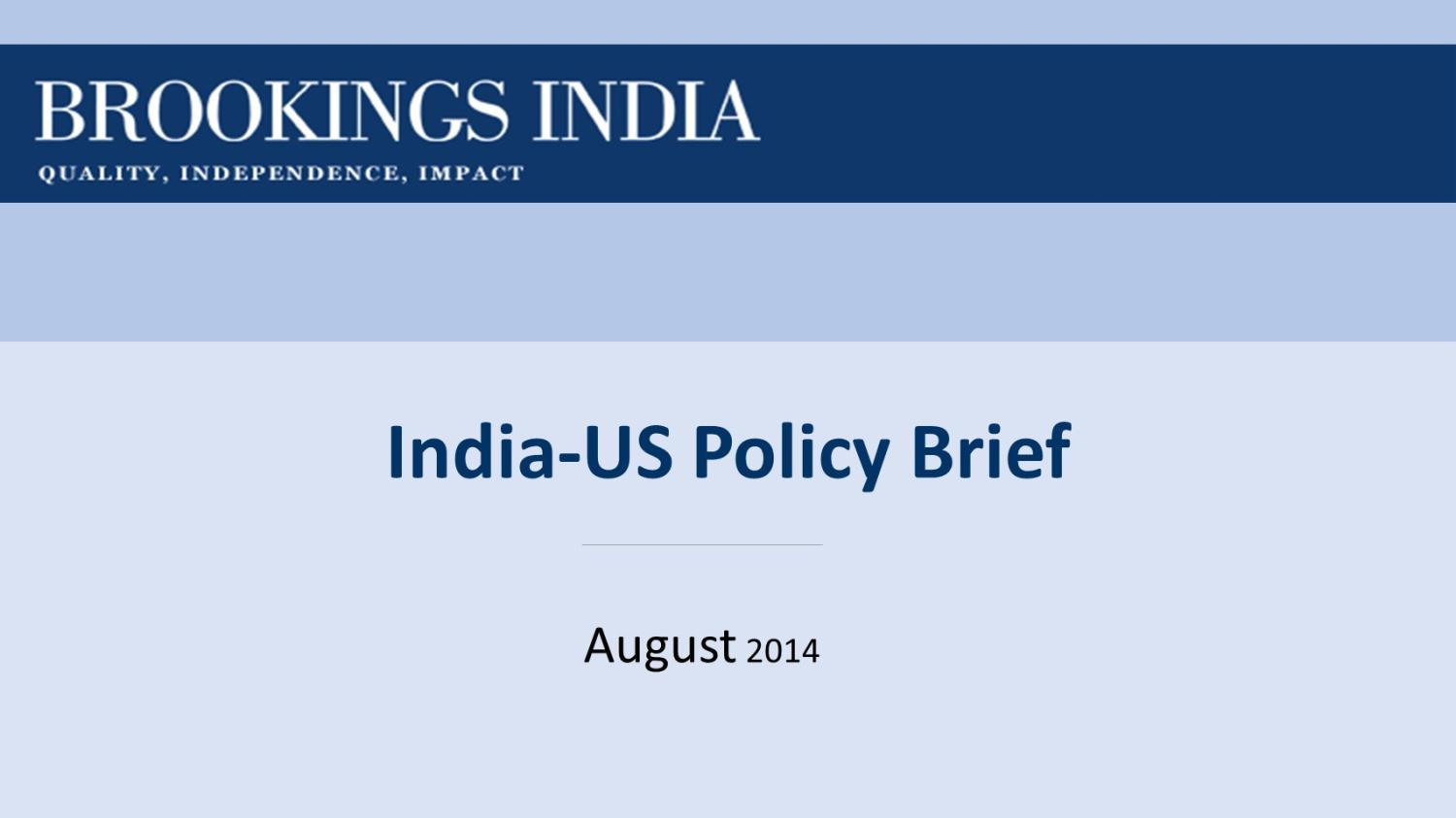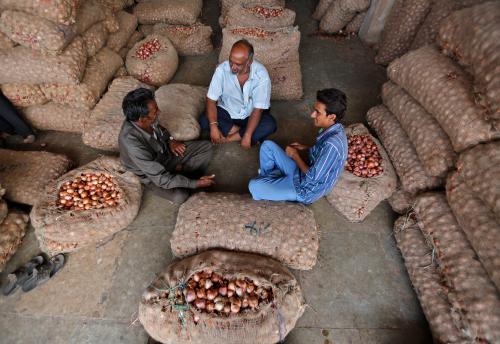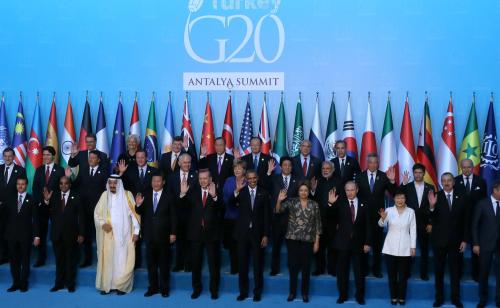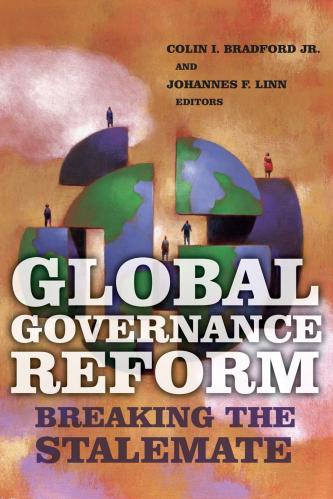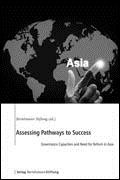Content from the Brookings Institution India Center is now archived. After seven years of an impactful partnership, as of September 11, 2020, Brookings India is now the Centre for Social and Economic Progress, an independent public policy institution based in India.
India and the United States share a common interest in global economic development. The U.S. is the largest provider of official development assistance, and the principal architect of the liberal order of global trade and investment flows that underpin global growth and development. It has provided the security umbrella protecting states from conflict, piracy and terrorism. Thanks to its logistical/military capabilities, the U.S. is the most effective international responder to natural disasters, especially when these affect isolated places and communities.
India has been a major beneficiary of this context for global development. Its reforms to open its economy in the 1990s are widely cited as the starting point for the escape from the “Hindu rate of growth” and the transformation of India from a $333billion economy in 1994 into today’s $2trillion economy. The number of people living in poverty in India has fallen by more than half in the last decade, to between 180 and 250 million people.
Yet India and the U.S. have repeatedly clashed in global forums on key development issues, mostly along familiar North-South lines. These same divides, however, provide opportunities for advancing the development agenda if India can influence the G77 while the U.S. leads the G7.
Global governance. India has championed the idea of a greater role for emerging economies in the major international financial institutions, notably the International Monetary Fund and the World Bank. Governance reforms in these agencies, however, have stalled, most recently as a result of U.S. Congressional reluctance to provide the necessary authorizations. At the same time, India has joined forces with the rest of the BRICS to form a new Development Bank, widely interpreted as a competitor to the World Bank and a symbol of the willingness of BRICS countries to go it alone in efforts to reform global governance.
The U.S. and India could work together to make the BRICS bank a success (probably through asking the U.S.-backed Asian Development Bank or World Bank to participate as observers), helping to make it a complementary part of the global financial architecture rather than a competing organization. They could also discuss the potential for faster governance reforms in global bodies. (Although India ostensibly would champion this, it is also aware that any such reforms would tend to benefit China more than India, leaving the latter at a relative disadvantage to its main rival for G77 leadership.)
Trade. India has long protected its domestic farmers through above-market procurement prices, building large government stockpiles with the resulting surpluses. At Bali, an agreement was reached for a trade facilitation agreement that would cut customs red-tape and lead to a further opening to trade, especially in developing countries where such restrictions tend to be highest. There was also an agreement to discuss the issue of domestic subsidies and stockpiling, but work on this has not proceeded at a satisfactory pace, so India has yet to agree on the broader framework. The failure to achieve a resolution of this dispute has once more underlined the difficulties in achieving success in multilateral negotiations. Creating greater mutual understanding between India and the U.S. on the benefits of multilateral cooperation would be useful.
Post-2015. India has been rather silent on the post-2015 agenda, designed to replace the Millennium Development Goals after their expiry in 2015. Indian officials have argued that a growth agenda should take precedence over either poverty reduction or climate change (two major priorities for the post-2015 agenda), that institutional reforms (like anti-corruption or freedom to access government data) should be excluded on the grounds that they are a matter for national sovereignty rather than international norms, and that the principle of “common but differentiated responsibilities” be applied to the development agenda. In all these examples, the Indian position is the polar opposite of that of the U.S. The new Modi government position on these issues, however, is unclear, and there may be an opportunity for a political dialogue to overcome the bureaucratic responses to date.
Energy. India’s carbon emissions are still moderate (1.7 metric tons per capita), but it is the world’s fifth largest emitter. India is also the only major country that does not have plans to reduce its emissions between 2020 and 2040. Current projections indicate that these could increase by 60 percent instead. India has options to decrease its carbon footprint by participating in the UN’s REDD+ program (grants for sustaining forests) and by embracing clean energy. India and the U.S. have a Partnership to Advance Clean Energy (PACE) and a Promoting Energy Access through Clean Energy (PEACE) program, with useful results. Lessons from these programs could be valuable for other developing countries also seeking clean energy alternatives.
_______________________________________________________________________________
Homi Kharas is a senior fellow and deputy director of the Global Economy and Development program at the Brookings Institution. Kharas currently studies policies and trends influencing developing countries, including aid to poor countries, the emergence of a middle class, the food crisis, and global governance and the G20.
_______________________________________________________________________________
